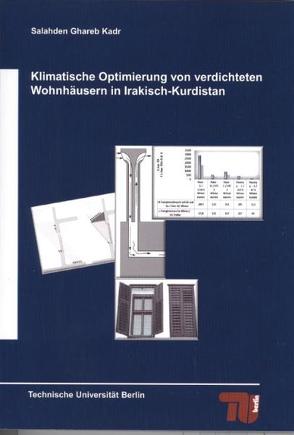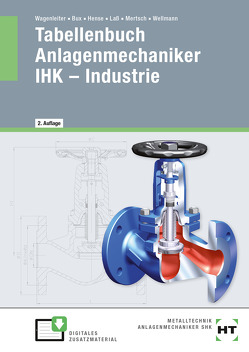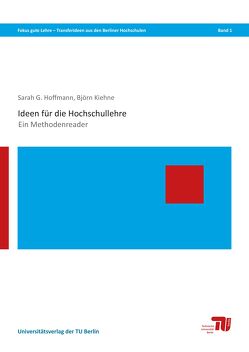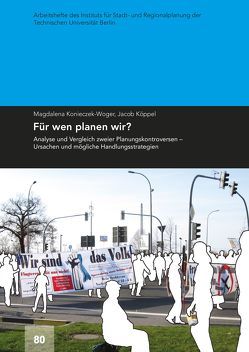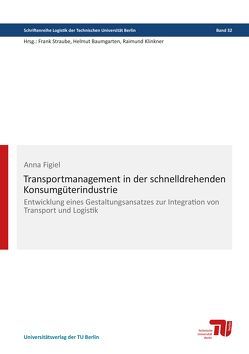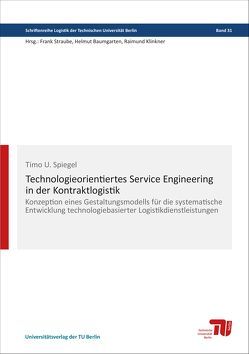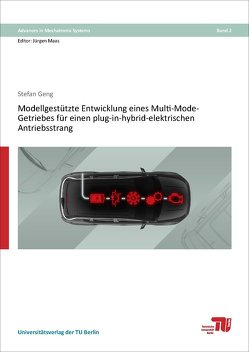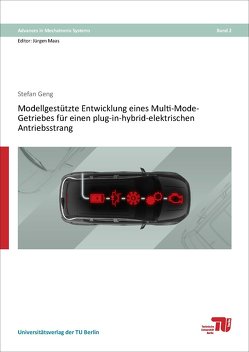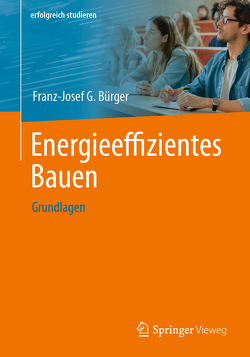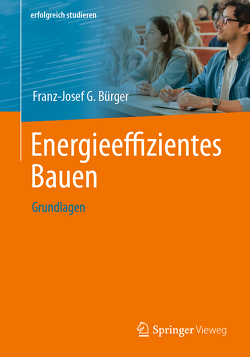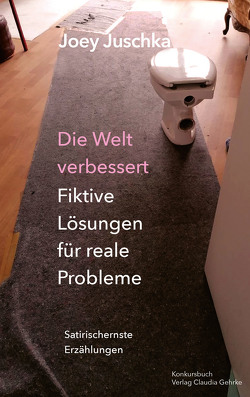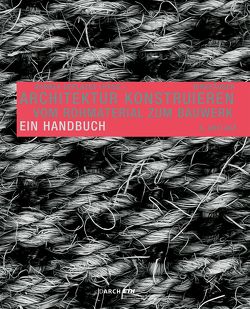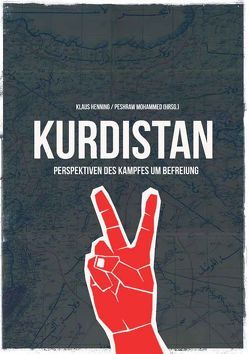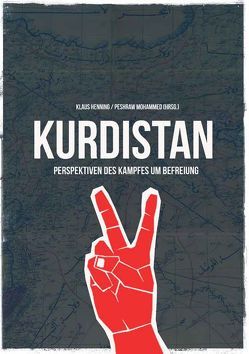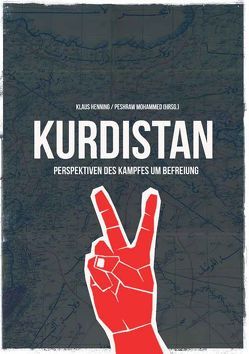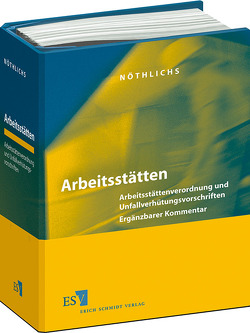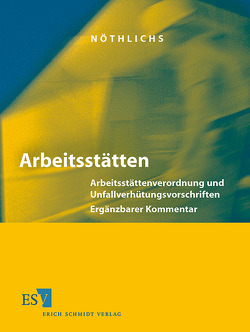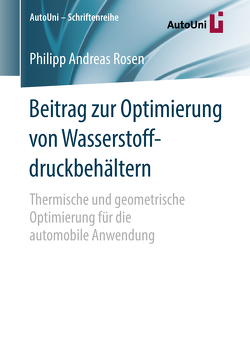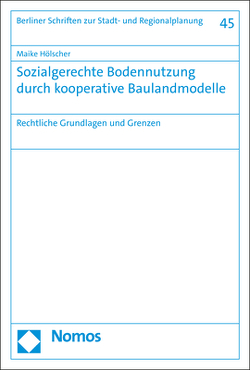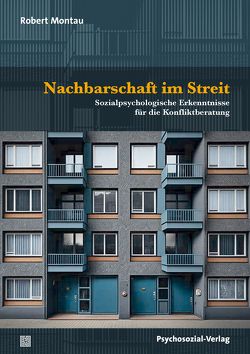Klimatische Optimierung von verdichteten Wohnhäusern in Irakisch-Kurdistan
Salahden G. Kadr
The predominant goal of this work is to create a structure with an interior climate of optimal thermal comfort for the physiological and psychologically well-being of humans with a minimum energy consumption climate according to the prevailing external conditions of the hot-dry Kurdistan region in Iraq. Passive cooling and heater measures The investigation area has two different climate zones: hot-dry zone, which is the flat land and high land concerns, moderate zone is limited only to the moderate mountain region. Passive measures in the summer and winter are a condition for energy conservation and easing of the environment. They must be fulfilled first by the construction of buildings, before the technical energy installations are built. In the summer houses must be protected against the daily heat and direct solar radiation. In winter the solar radiation is desired. Densely development means reduction of the heat’s influence by providing shade and a reduction of the fast cooling loss outward, which was produced by air-conditioning systems. This kind of building method also reduces the heat loss of the interior houses in the winter. The avoidance of the east and west orientation is meaningful for the thermal optimization of houses in the summer months. Southern orientation is important for the protection of the radiant heat of the sun in the house and the consolidated building method creates a good buffer zone for the east and west cross-wind movement in the winter and the solar protection in the summer. The situation results in more shade in the summer and sufficient solar radiation in the winter. Heavy structural mass with a good and complete external insulation of the building and bright surface colour are recommendable for the outer hull in the hot zone of the region, since they warm up with rising air temperature slowly. It helps to reduce the heat transport from outside to inside in the summer and from the inside outward in the winter. The walls and covers are to possess a large storage volume, in order to hold the daily heat in the summer and store the internal warmth in the winter. Heavy building materials with low U-value of the elements and greater storage capability are recommended for both zones of the region. Reduction of the building surface, maximization of interior volume and the compactness of the structure are important and reduce the amount of required building materials. The A/V conditions are favourable in smaller houses. Live in the earth section is recommended in the summer and in winter as a result of the simulation of some houses, and due to the thermal stability of the earth which creates the well-being of humans without the need for electric air conditioning. Kitchen and living rooms must be situated on the south side in order to use the winter solar power for the internal warmth and to avoid overheating of the internal area in the summer. For this, the south facade of the house needs to remain uncovered in winter. The summer cross-ventilation in the house is by a design, like the projected roof and exact adjustment of the openings are strengthened, so that the summer breeze minimizes the thermal effects of the air temperature in the morning or in the evening to bring about improved thermal comfort. The ventilation must against at night in heating fall in winter for the discharge of the energy to a minimum limited. Due to the high outside temperatures the effect of the ventilation must be limited during the day to the minimum conditions and vice versa in the evening. Large windows are to be avoided in the hot-dry zone of the region. Large glazing is recommended in the moderate zone in order to utilize solar warmth for the heating up of the interiors in winter. Small dimensions of the windows do not let the interior warmth get quickly lost in winter, and not allow the summer heat to penetrate. In hot areas of the region the south windows can be larger than north windows. East and west windows are to be avoided if possible. Glass for protecting against heat with high radiation reflection in the summer and lower in the winter retains more warmth and cold in the internal area. Water surface and vegetation create the air humidity and moderate the heat load in the summer through air humidification, oxygenisation and coldness in the winter through heat-insulating and heat-storing characteristics. The plants also break the unwanted wind movement in the winter and in the summer make the fresh breeze movement possible for ventilation through the air ducts in the house, and filter it, lower its temperature and increase the humidity. The underground cellar serves as a lounge for the hottest period at noon and at the same time can lead outside air across the earth air duct for cooling, before it is led into the house. For the moderate zone of the region the external construction components are also to be strongly thermally insulated. At the east and west front the windows can be larger for the morning and the afternoon sunshine in the winter. But the southern windows are to be largely implemented if possible in this zone, since noticeable solar power gain is possible in the winter and in the transition period. The windows are to be shaded by different sun preventive measures from the outside in order to strengthen the air ventilation.
